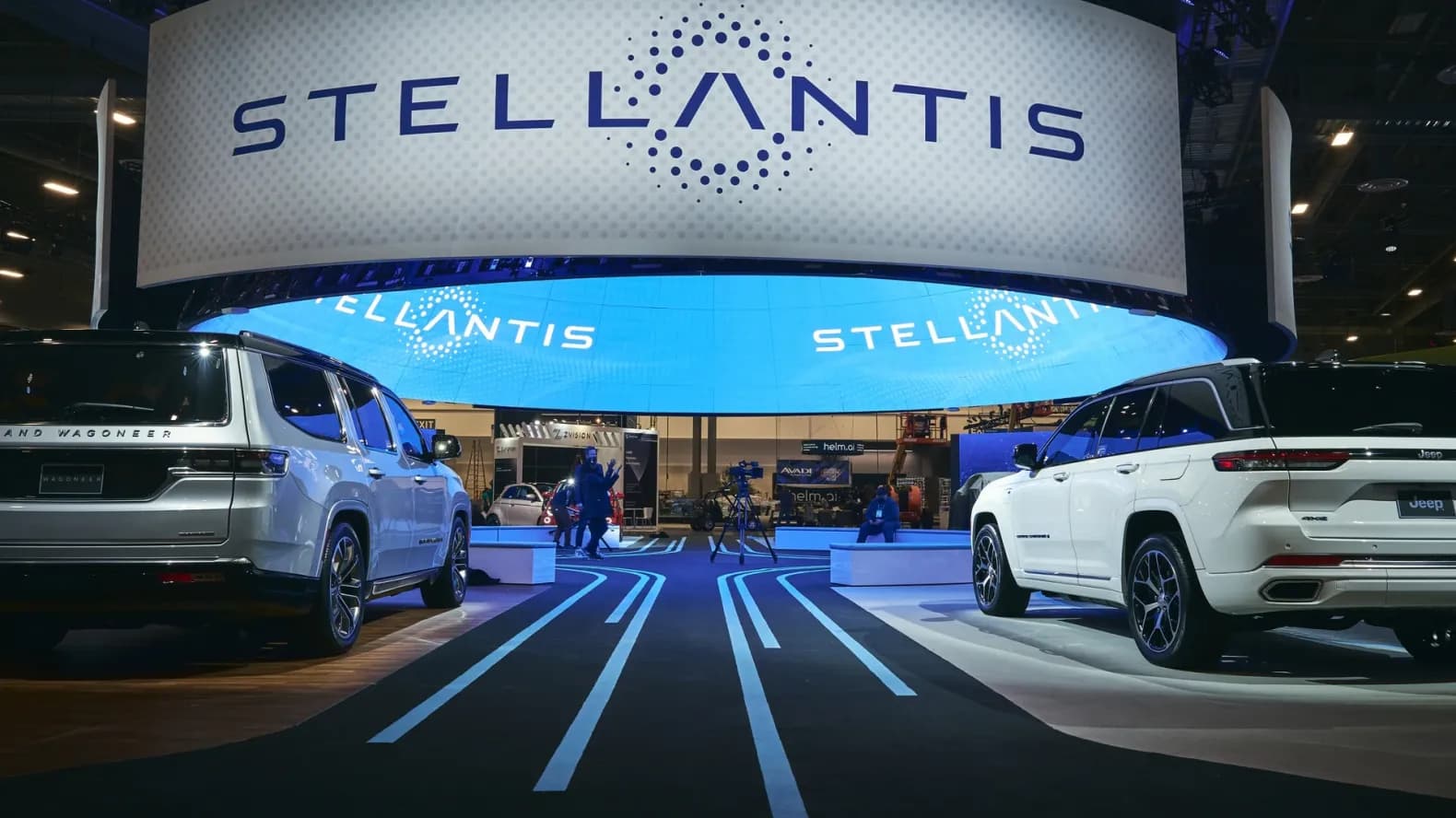Loading News Article...
We're loading the full news article for you. This includes the article content, images, author information, and related articles.
We're loading the full news article for you. This includes the article content, images, author information, and related articles.
Stellantis owners are reporting full-screen ads for new cars appearing on their dashboards upon startup, raising safety concerns and fueling the debate over software-defined vehicle ownership.

DETROIT – A new controversy is accelerating across the automotive world as owners of Stellantis vehicles—spanning Jeep, Ram, Dodge, Chrysler, Fiat and Alfa Romeo—report intrusive, full-screen advertisements appearing on their infotainment displays the moment they start their engines. The pop-ups, described by the company as “marketing notifications,” are prompting a fierce consumer backlash and raising urgent questions about the future of the connected-car economy.
Multiple drivers have posted photos and videos online showing full-screen ads that block navigation, climate controls and even the rear-view camera, forcing them to interact with the system before they can safely operate the vehicle.
Sources including The Drive, Ars Technica, Autoblog and Carscoops confirm that Uconnect-equipped vehicles running the latest software update have begun surfacing promotional messages urging owners to buy new vehicles, schedule service or subscribe to digital add-ons.
On enthusiast forums, the outrage has been swift. One owner wrote:
“I paid fifty grand for a truck. I did not agree to watch an ad every time I go to the grocery store.”
Others expressed concerns about distraction and safety—especially when the pop-ups appear while reversing or navigating tight spaces. Consumer advocates note that forcing drivers to dismiss ads before the vehicle’s camera and navigation systems display properly may conflict with distracted-driving laws in some states.
Stellantis has defended the design choice, saying the ads are meant to “keep customers informed,” but the timing, frequency and full-screen nature of the notifications have amplified public frustration.
This controversy highlights a broader industry shift: as automakers pivot toward software-defined vehicles, dashboards are increasingly being treated as revenue-generating ad space rather than a neutral control interface.
Manufacturers are exploring recurring-revenue models such as:
Paid subscriptions for heated seats and remote start
Tiered performance upgrades delivered via OTA updates
Navigation as a subscription
App-store-style marketplaces for in-car software
Data-driven advertising targeted to the driver’s usage patterns
Analysts say automakers see billions in untapped “digital services” profit—and the Stellantis rollout may be an early, aggressive experiment in redefining the ownership experience.
The backlash intensified after reports surfaced that Stellantis is planning a future update that may allow drivers to disable the ads—but potentially behind a subscription paywall. This “pay to turn off ads” model mirrors trends in the consumer-tech sector, where companies introduce intrusive defaults only to sell the option to remove them.
If accurate, it would mark one of the first instances of a mainstream automaker monetizing basic dashboard functionality by leveraging annoyance as a feature.
Consumer-safety advocates and digital-rights groups warn that this shift sets a dangerous precedent:
Safety risks: Full-screen pop-ups obstruct essential driving information.
Privacy concerns: Targeted ads imply data collection about driving habits, location and in-car behavior.
Ownership erosion: Cars are becoming platforms drivers don’t fully control—even after paying tens of thousands of dollars.
Regulatory questions: Lawmakers may soon need to define what counts as an unsafe digital obstruction in the cockpit.
Industry experts say that as vehicles become rolling smartphones, automakers risk triggering widespread consumer revolt if monetization takes priority over driver experience.
Drivers have begun filing complaints with state consumer-protection agencies, and tech-safety organizations are calling for federal guidelines governing digital interfaces in vehicles. Some analysts predict that if competitors such as Toyota, Honda or Ford publicly promise ad-free dashboards, it could become a powerful differentiator in the market.
For now, the reaction online is clear:
Stellantis may have pioneered something new—but it isn’t innovation; it’s irritation.
Keep the conversation in one place—threads here stay linked to the story and in the forums.
Other hot threads
E-sports and Gaming Community in Kenya
Active 6 months ago
Popular Recreational Activities Across Counties
Active 6 months ago
Investing in Youth Sports Development Programs
Active 6 months ago
The Role of Technology in Modern Agriculture (AgriTech)
Active 6 months ago